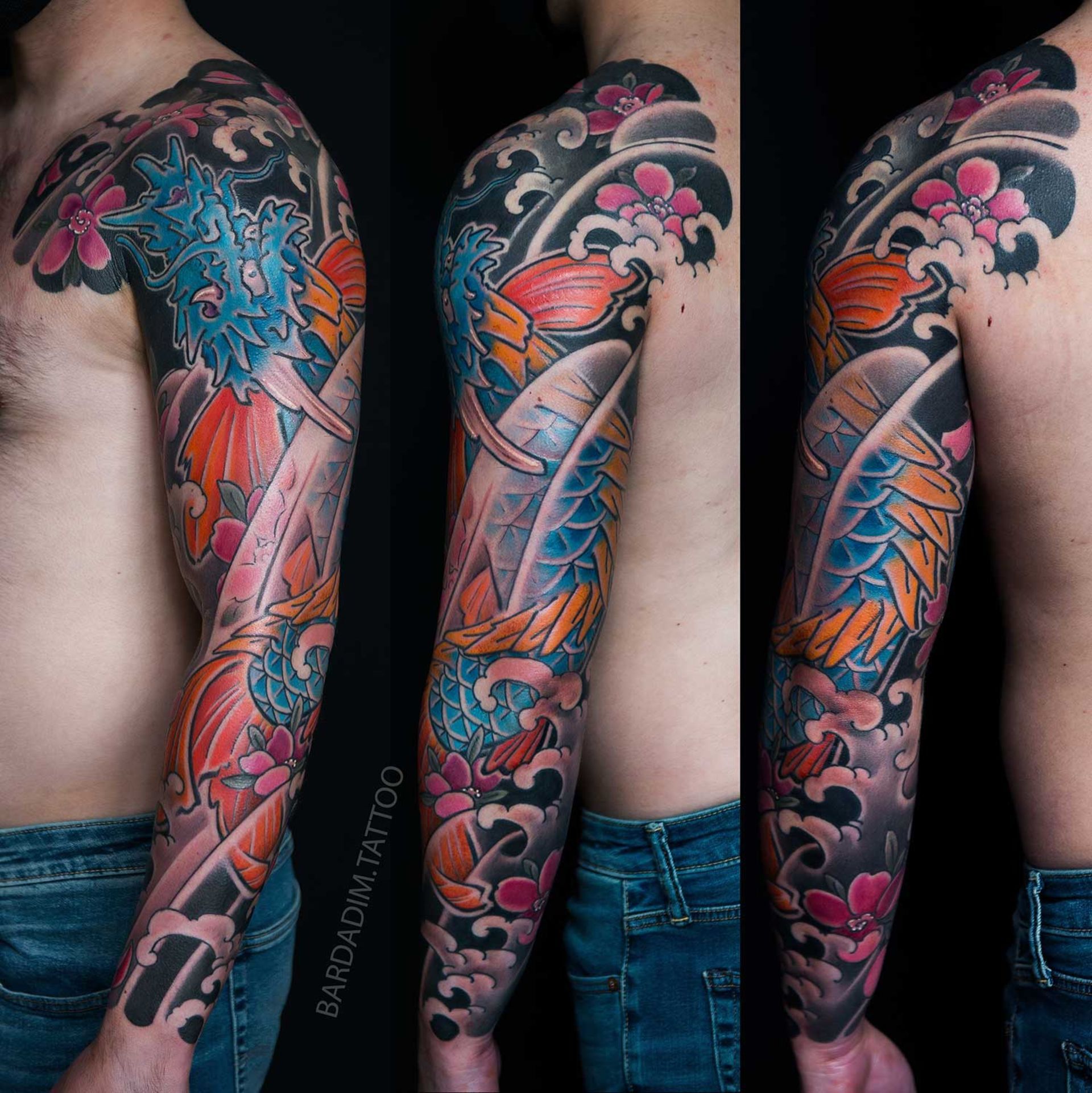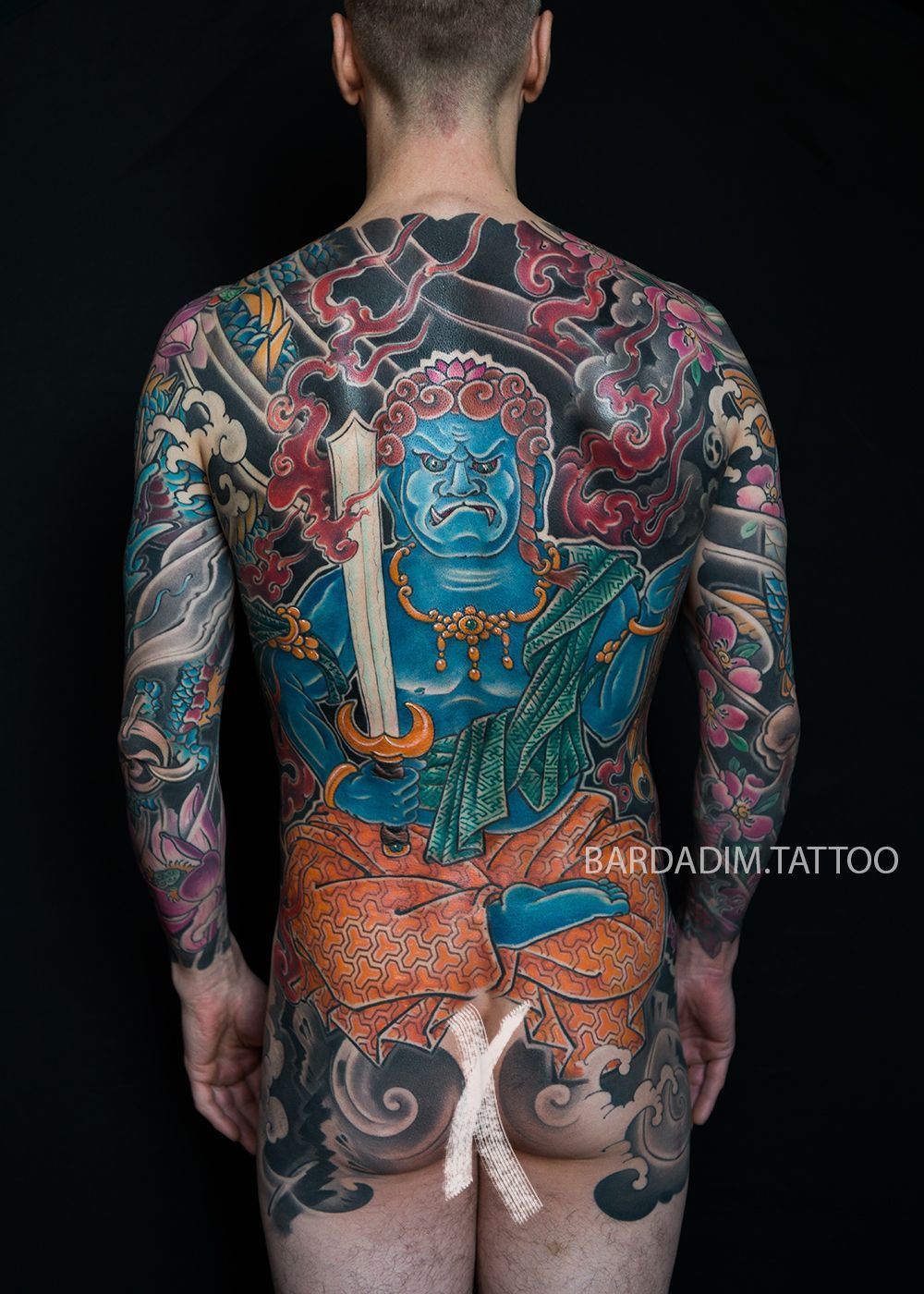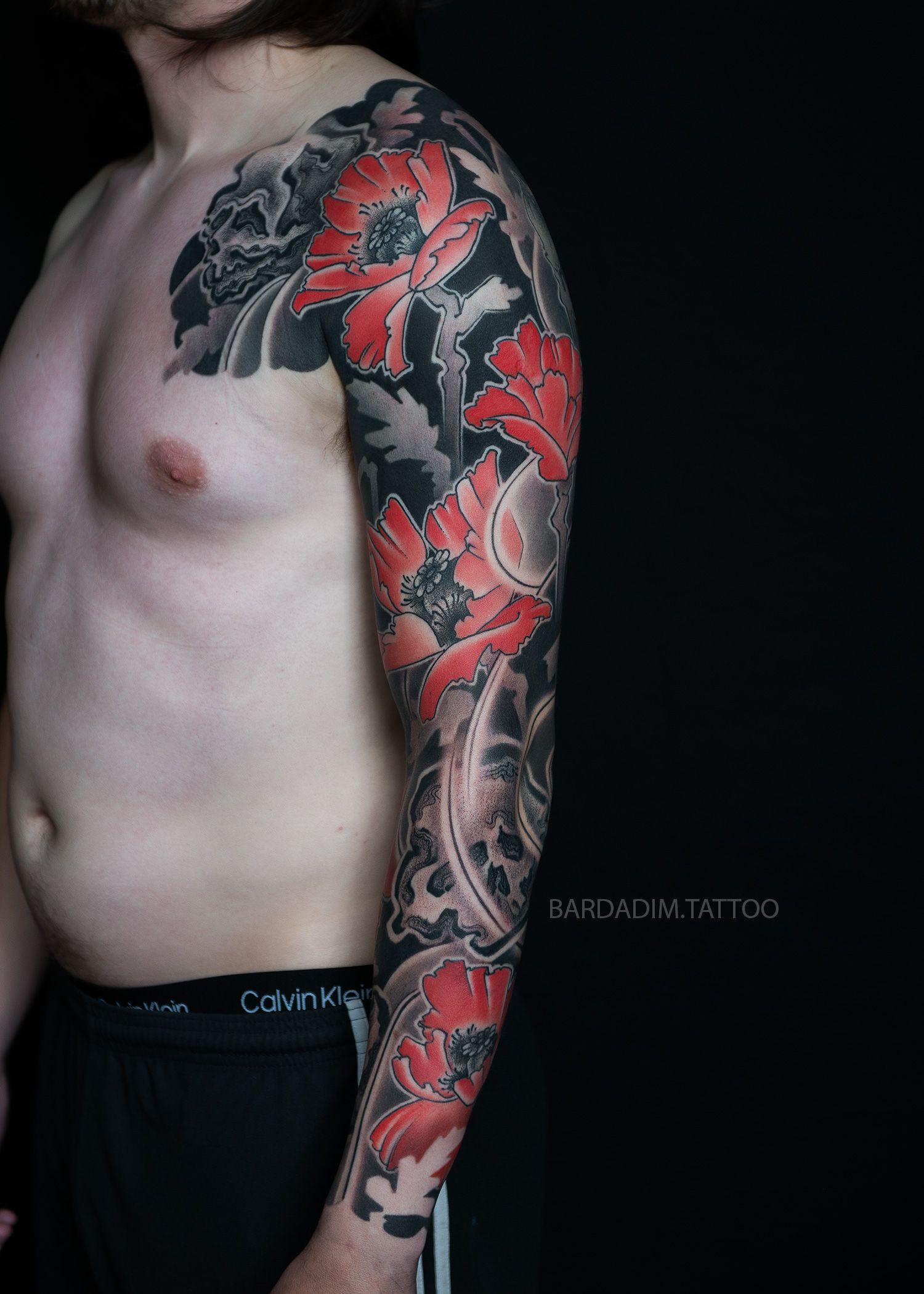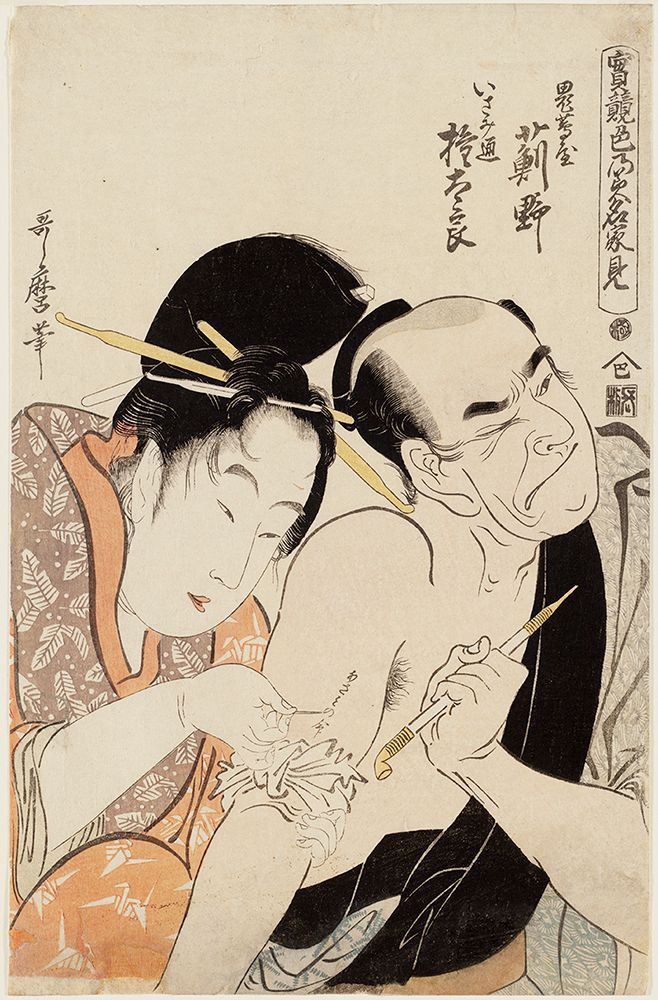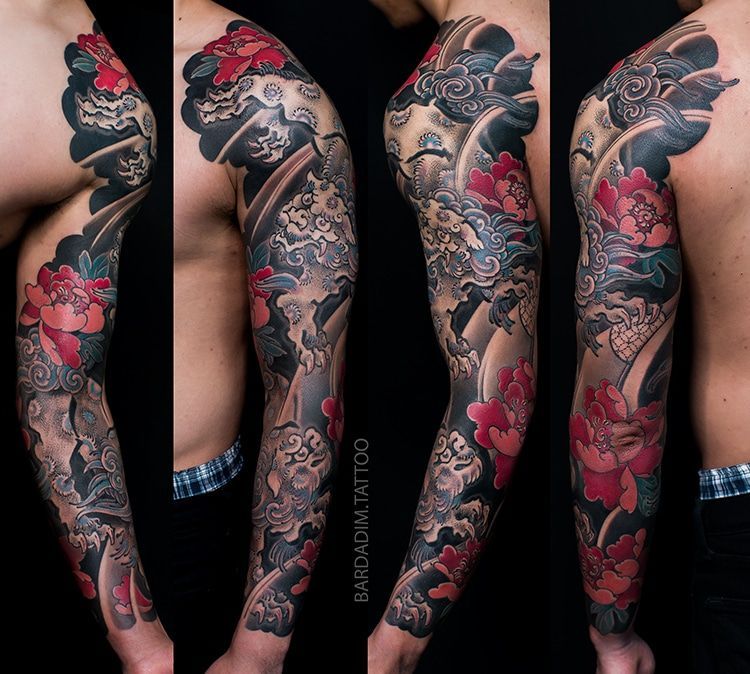Snake Tattoo Ideas. Hard Copy Book
This Hard copy Book full of Snake Tattoo Ideas and it is back in stock and available for purchase in the shop ! All designs collected in this book done in tattoo friendly black ‘n’ grey technic and completely ready to be used as Tattoo ideas or tattoo flash.
Made by yours truly – Tattoo Artist with 30 Years of experience in Tattooing. So you are welcome to ask any questions you have regarding the book or your tattoo idea!
HEBI (SNAKE)
It is no overstatement to say that the snake is very likely the most symbolic animal that exists. They are said to have supernatural abilities, such as protection against illness, disaster, bad fortune and like the dragon can bring rain, they can also know the consequences that may come from improper actions and will leave a place if things are “not quite right”. Snakes sometimes are depicted to have the ability to transform themselves into human forms, such as jealous or wronged women. Not all Snake myths are bad, many shop owners have the image, of a snake, coiled around a mallet hanging near the entrance, this is to bring good fortune and prosperity and sometimes, in story, it is wittingly said that “the general is happy with us here, (referring to the snake as the “general”).
Throughout time they have become symbols of some of humanity’s greatest hopes and fears. In ancient Asian folklore, snakes sometimes rewarded humans with gifts of pearls, in general, snakes often appeared as guardians of shrines and treasure and their saliva was thought to create precious the jewels underground. The snake is linked with wisdom and prophecy. Snakes found in a home are even welcomed as good luck and the embodiment of the spirits of the ancestors as protectors, thus they are called protection snakes.
In the Chinese zodiac, people who are born in the Year of the Snake are generally enigmatic but they are also the wisest. Characterized as thinkers and philosophers, they are seen as fond of conversation and intelligent discussion. They do, however, tire quickly of repetitiveness and are not particularly inclined to take advice, although they will listen to it. Although Snake people will examine a situation from many angles, they can also act with speed and determination.
The snake is an excellent example, used in many different types of tattoo … to withdraw into it for protection has also been associated with strength. One of the reasons that reptiles and amphibians can find their way into so many different types of tattoos is that their symbolism is one centred on change, much like the forms that they take during their lives. The snake represents the earth and life-giving waters. ( Source )


